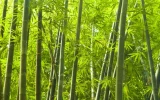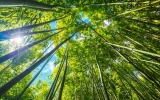How Much Is Bamboo Worth? (More Than You Think)
The value of bamboo extends beyond traditional uses in construction and handicrafts to innovative applications in textiles, bioplastics, and renewable energy. In this article, we will delve into the multifaceted economic value of bamboo, examining its traditional and modern uses that contribute to its growing market worth.
The value of raw bamboo poles can range from $30 to $100 each. The value of an individual plant varies widely depending on its use, ranging from a few dollars to over $60,000 per hectare annually for mature bamboo forests utilized in industrial applications.
Processed bamboo products like flooring or furniture fetch higher prices. However, bamboo's worth extends beyond monetary value. As you read further, we'll also share the value of bamboo in terms of environmental contributions.
Summary
- Guadua bamboo, with its estimated value reaching up to $400 per ton, highlights its significant market value, particularly in the construction sector.
- The diverse range of bamboo's value per ton directly influences the cost of bamboo flooring, which varies from $2 to $12 per square foot based on quality and type.
- The value of bamboo per ton, ranging from $50 for Umbrella Bamboo to $400 for Guadua Bamboo, illustrates the economic diversification within the bamboo industry.
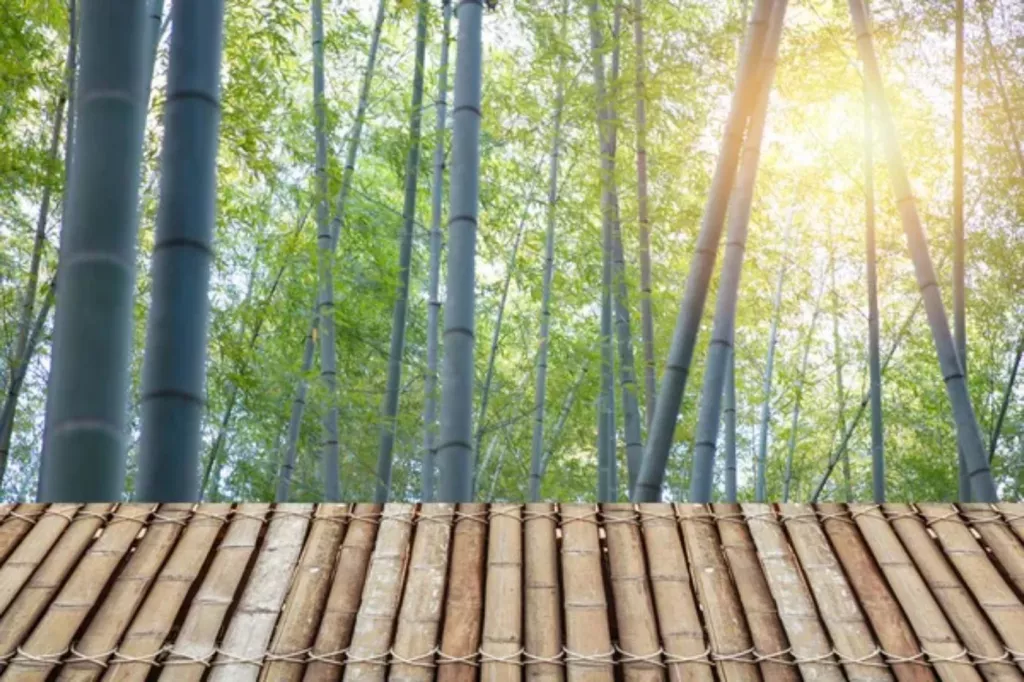
On this page:
Bamboo Worth per Ton
| Scientific Name | Common Name | Estimated Value (USD per ton) |
|---|---|---|
| Phyllostachys edulis | Moso Bamboo | $200 - $300 |
| Bambusa oldhamii | Giant Timber Bamboo | $100 - $200 |
| Guadua angustifolia | Guadua Bamboo | $250 - $400 |
| Fargesia murielae | Umbrella Bamboo | $50 - $150 |
| Dendrocalamus asper | Asper Bamboo | $150 - $250 |
Moso bamboo is the most commercially valuable bamboo type
Moso Bamboo is one of the most commercially valuable bamboo species, renowned for its rapid growth and impressive size, reaching heights up to 28 meters.
Native to China and Taiwan, it thrives in temperate to subtropical climates. Moso Bamboo is extensively used in the production of furniture, flooring, and bamboo fiber due to its strength and flexibility.
Its cultivation is also significant for carbon sequestration, making it an environmentally beneficial choice. High-yield moso bamboo can yield 20–30 tons/ha.
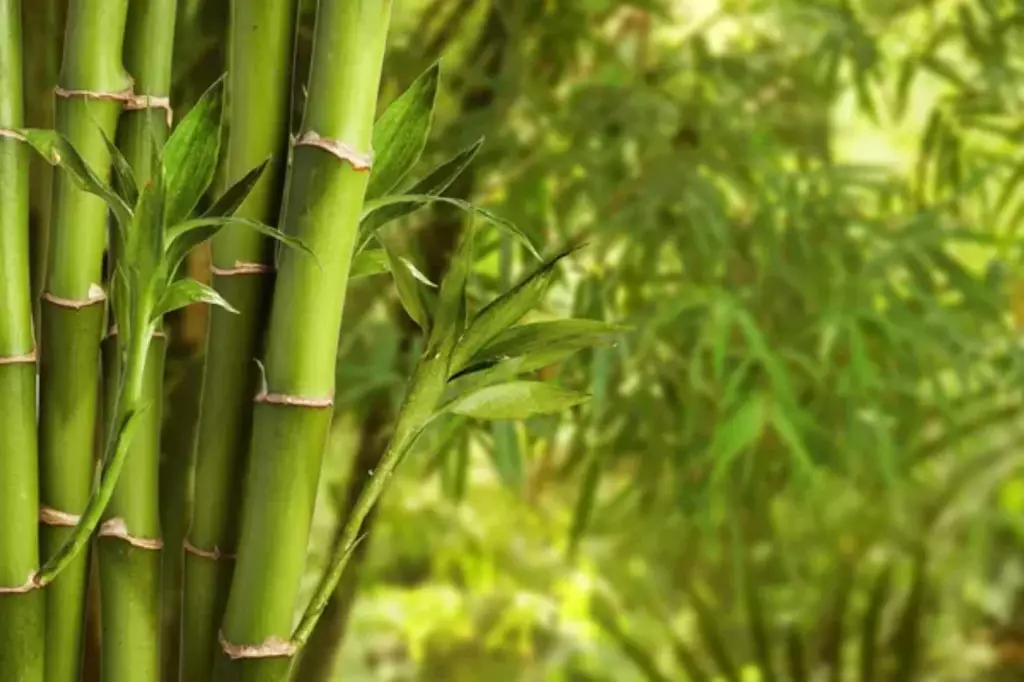
The Giant timber bamboo is commonly used for ornamental purpose
Giant timber bamboo is known for its tall, straight culms and lush green foliage, reaching up to 20 meters in height. It prefers tropical to subtropical climates and is often used for ornamental purposes and for creating privacy screens due to its dense growth habit.
Though not as commercially exploited as Moso, its aesthetic appeal and moderate growth rate make it a popular choice for landscaping and decorative uses.
The Guadua bamboo is a highly versatile bamboo species used in construction
Guadua Bamboo is highly regarded in South America for its structural strength and versatility, growing rapidly to heights of up to 30 meters.
This tropical bamboo is essential for construction purposes, especially in creating sustainable and earthquake-resistant buildings. Its significant economic and ecological value is also acknowledged in crafts and paper production, showcasing its wide range of uses beyond construction.
The Umbrella bamboo is highly valued in garden settings
Umbrella Bamboo is a clumping bamboo species that grows up to 5 meters tall, making it suitable for smaller spaces and garden settings. They are usually slow growers.
It thrives in temperate climates and is prized for its ornamental value, providing dense foliage for privacy and windbreaks. Unlike other bamboo species, it prefers cooler conditions and does not spread aggressively, making it a popular choice for homeowners seeking non-invasive bamboo varieties.
The Asper bamboo is sought after for its durability and strength
Asper Bamboo is known for its large, thick-walled culms, reaching heights of up to 30 meters, and is native to Southeast Asia where it thrives in tropical climates.
It is widely used in construction, particularly in rural areas, for its strength and durability. Additionally, Asper Bamboo shoots are a delicacy in Asian cuisine, adding to its economic value.
Its rapid growth and versatility make it an important species for both commercial and subsistence use. Growers can expect 30-35 tons of yield per acre of Asper bamboo.
Bamboo Cost per Square Foot
The cost of bamboo per square foot can vary widely based on factors such as the type of bamboo, its quality, whether it's engineered or solid bamboo, and where it's purchased. In general, for bamboo flooring, you might expect a range as follows:
| Type of Bamboo Flooring | Price Range per Square Foot (Material Only) |
|---|---|
| Low-end or standard | $2 to $5 |
| Mid-range | $5 to $8 |
| High-end | $8 to $12 |
Cost per square foot for standard bamboo flooring
Prices for standard bamboo flooring typically range from $2 to $5 per square foot. This would be for the more common types of bamboo flooring, such as horizontal or vertical bamboo.
Cost per square foot for mid-range bamboo flooring
For slightly higher quality or engineered bamboo, prices might range from $5 to $8 per square foot. Engineered bamboo is often more durable and can come in various styles and finishes.
Cost per square foot for high-end bamboo flooring
For top-quality bamboo, such as strand-woven bamboo, which is known for its durability and high resistance to wear and tear, prices can range from $8 to $12 per square foot or more.
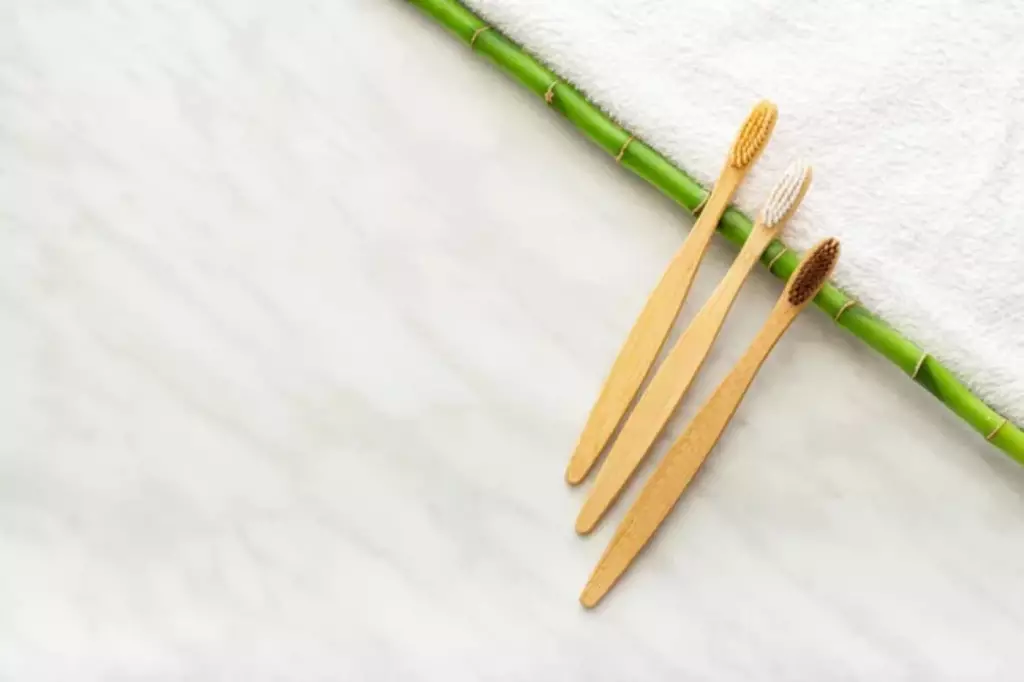
This type of bamboo is denser and goes through a manufacturing process that makes it stronger than traditional bamboo flooring.
These prices generally reflect the cost of the materials alone. Installation costs can add an additional $3 to $5 per square foot, depending on the complexity of the installation, the location, and the contractor you choose.
How Much Is Bamboo Worth per Acre
The value of bamboo per acre can vary widely depending on several factors such as the species of bamboo, the maturity of the plants, the purpose for which it is being grown (e.g., for timber, fiber, or shoots), the geographic location, and the market demand at the time of sale.
| Bamboo Use | Estimated Net Profit Per Acre (Annual) |
|---|---|
| Timber (mature plantations) | $5,000 - $30,000 |
| Shoots (Culinary) | $1,000 - $10,000 |
| Ornamental | $500 - $5,000 |
| Craft and small products | $2,000 - $15,000 |
| Fiber (textiles) | $3,000 - $20,000 |
Here's a brief overview of how much bamboo is worth per acre across different uses:
Value of an acre of bamboo timber
Bamboo grown for timber, especially mature plantations, can yield significant returns, with estimated net profits ranging from $5,000 to $30,000 per acre annually.
This high value stems from bamboo's application in construction, flooring, and furniture, where its strength and aesthetic appeal are highly prized.
Value of an acre of bamboo shoots
The market for bamboo shoots, especially in culinary applications, offers promising returns, with net profits estimated between $1,000 and $10,000 per acre annually.
The demand for bamboo shoots in cuisine, particularly in Asian dishes, drives this profitability. Selling bamboo shoots is one of the most profitable ways to earn money from bamboo farming.
Value of an acre of ornamental value
Bamboo also finds a market as an ornamental plant, though this segment typically yields lower net profits, estimated at $500 to $5,000 per acre annually. The aesthetic appeal of certain bamboo species can enhance landscapes, contributing to their value.
Value of bamboo used for small crafts
The crafting sector, which includes small bamboo products, can see net profits ranging from $2,000 to $15,000 per acre annually. This reflects bamboo's versatility and the growing interest in sustainable, eco-friendly products.
Value of bamboo fiber
With a growing emphasis on sustainability in the fashion industry, bamboo fiber for textiles represents a lucrative market, with estimated net profits of $3,000 to $20,000 per acre annually.
Bamboo's natural properties make it an appealing choice for eco-conscious textile production.
Why Is Bamboo So Expensive?
Bamboo’s cost may seem high initially, but its traits justify the price.
Bamboo gives high-quality and durable wood
Bamboo's natural qualities lend to its notable durability. Its tensile strength is comparable to steel, making products like bamboo flooring an investment that withstands wear and tear over the years.
| Feature | Benefit |
|---|---|
| High tensile strength | Resists cracking and breaking |
| Durability | Lasts longer than many woods |
Bamboo is a sustainable resource
It grows rapidly and requires no fertilizer, often reaching maturity in 3-5 years—much quicker than hardwoods. This rapid growth cycle is kinder to the earth and appeals to eco-conscious consumers.
Bamboo underwent a specialized cultivation process
Some bamboo species are rare, and cultivating them requires specific conditions. When you buy a bamboo product, you're not just paying for the plant but for the careful cultivation processes it underwent.
Factors Influencing the Worth of Bamboo
When considering how much bamboo is worth, several variables come into play. These range from the growth conditions to the type of bamboo product you are interested in.

Climate and growth conditions
Your local climate greatly impacts the growth and therefore the value of bamboo. Moso bamboo and Phyllostachys species, for example, thrive in a certain range of humidity and temperature.
Climate change can alter these conditions, potentially affecting growth rates and yield.
Optimal climate conditions for Moso bamboo:
- Average yearly temperature: 59°F to 77°F
- Average yearly humidity: 75% to 80%
Market demand and availability
The demand for bamboo products such as fencing, privacy screens, and furniture directly affects their worth. High demand with limited availability can drive up the price.
Additionally, the cost of shipping bamboo products to where they are needed can factor into their market price.
Bamboo product demand:
- Fencing and screens: High
- Ornamental: Moderate
- Furniture: Variable
Bamboo cultivation and types
Bamboo cultivation practices and the species selected can influence the cost of bamboo. Sustainable resource practices can add value. Conversely, regulations on cultivation may impose restrictions that affect production costs.
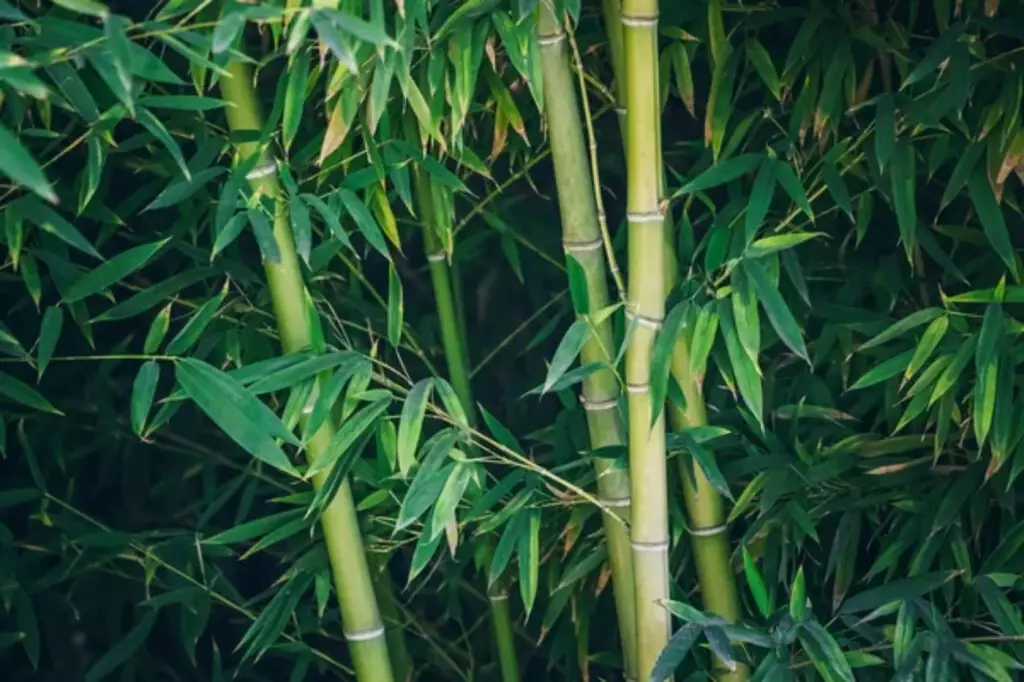
Giant timber bamboo is highly valued for construction, while black bamboo is sought after for ornamental purposes in gardening.
